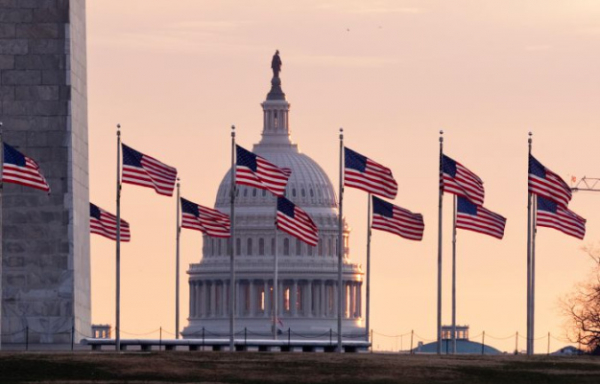The United States proposes to use future income from Russian assets as collateral to raise money for Ukraine. Finance ministers of the Group of Seven (G7) at the spring meeting of the International Monetary Fund and the World Bank Group, which begins on April 17 in Washington, will consider a new approach to the use of frozen Russian assets, writes the Financial Times.

► Subscribe to the Telegram channel of the Ministry of Finance: main financial news
This will be a compromise proposal from the United States: not as radical as confiscation, but more aggressive than the current EU plan to allocate income received by the Euroclear depository to Ukraine.< /p>
“We are at the point where we need to explore all possible ways to maximize the value of frozen reserves in the interests of Ukraine. You can’t wait forever, we understand that,” Dalip Singh, Deputy National Security Adviser to the US President, told the newspaper.
The US idea is to use future earnings from frozen assets as collateral to raise money now. in the form of bonds or loans. This approach is supported by the UK.
Singh said that the EU has already agreed to transfer to Ukraine the income received from the frozen Russian reserves in small tranches every six months.
“Instead of simply transferring the annual profit from the reserves… in theory it is possible to transfer the profit for 10 years or for 30 years. If you add up the current value of these proceeds, it comes out to a very large number,” Singh said.
One European official estimates that such bonds would raise €30-40 billion, based on Euroclear’s 10-year earnings years, and 50-60 billion euros, if we talk about 15-20 years. But this greatly depends on what interest rates will be during this time.
In addition, some in the European Union do not rule out that the Russian-Ukrainian war in a year or two could end with a peace agreement, under the terms of which the frozen assets will have to be returned to Russia. In this case, what will happen to the bonds secured by interest on these assets is unclear. Alternatively, the bonds can be supported by government guarantees from the G7 countries.

